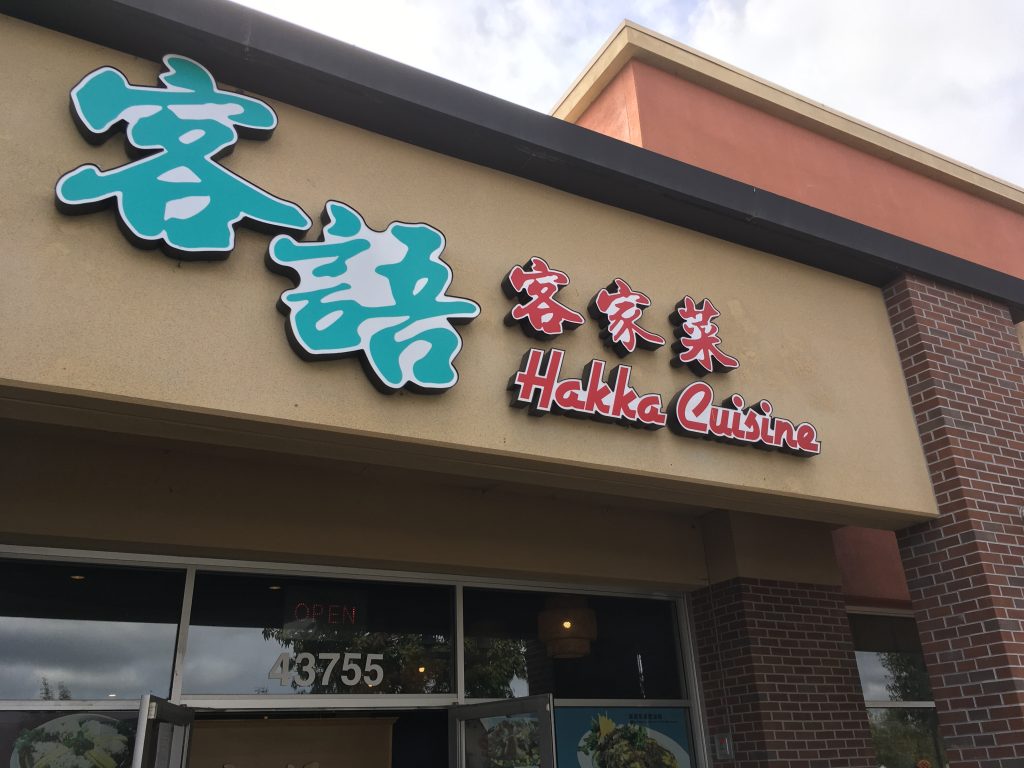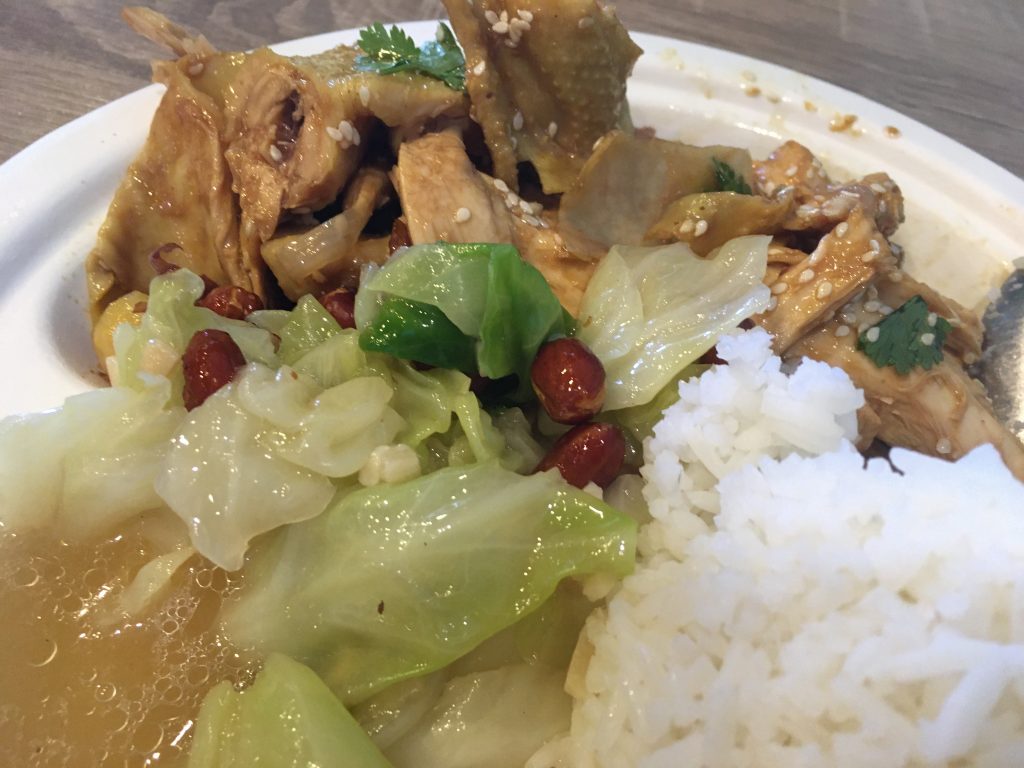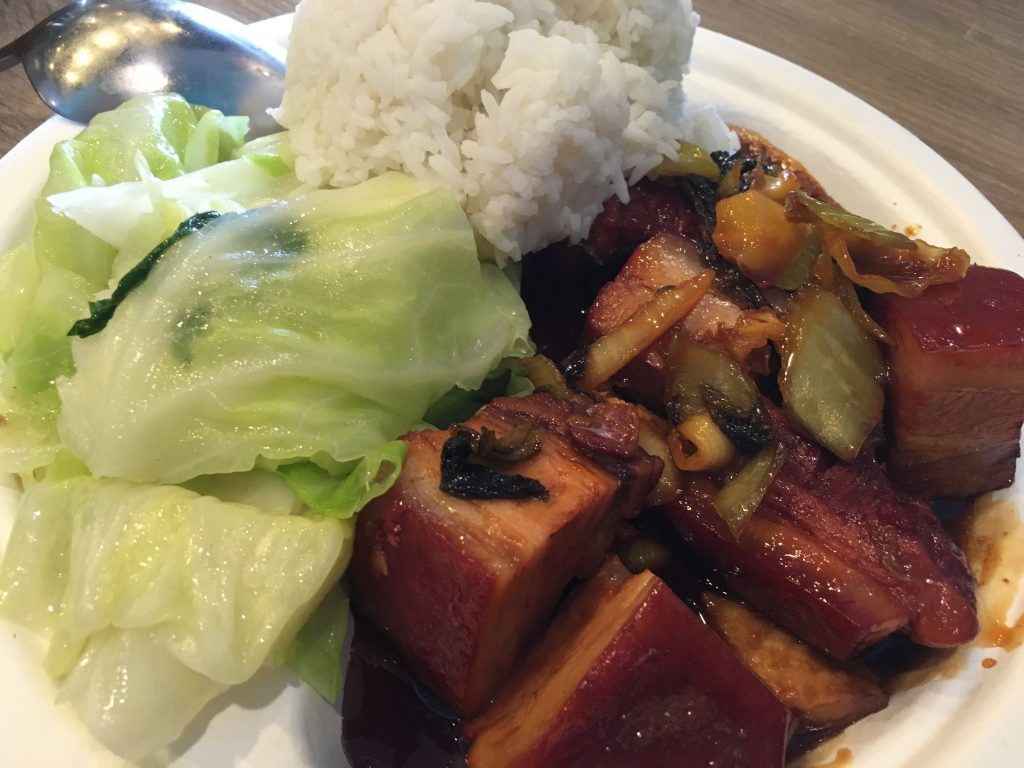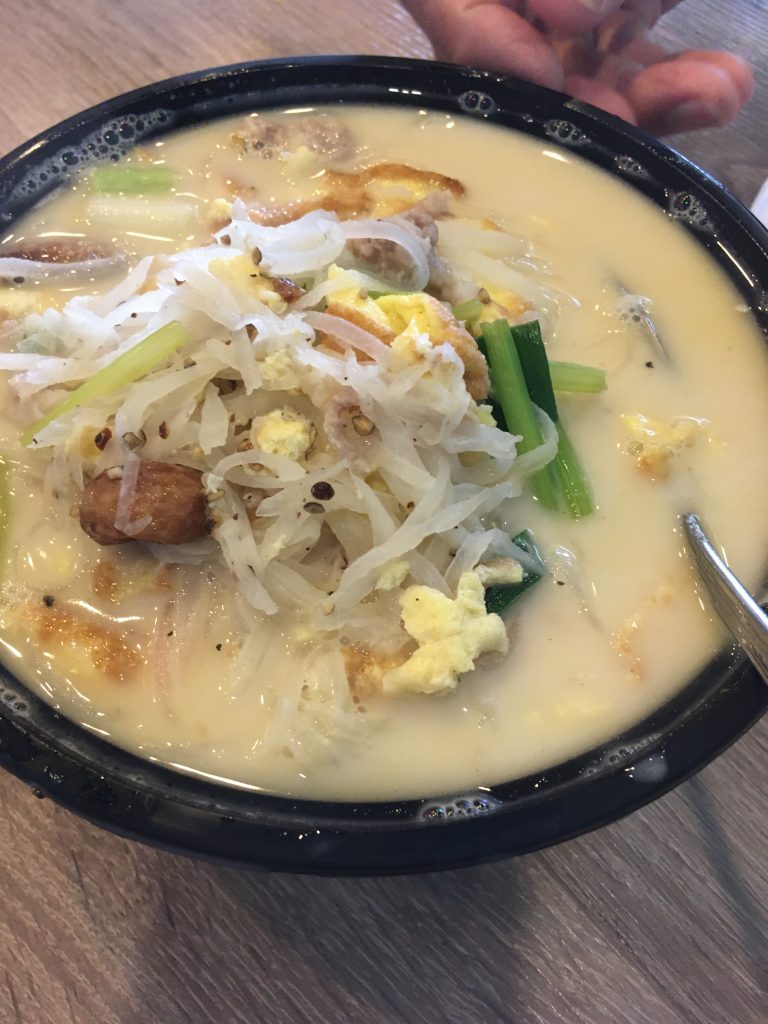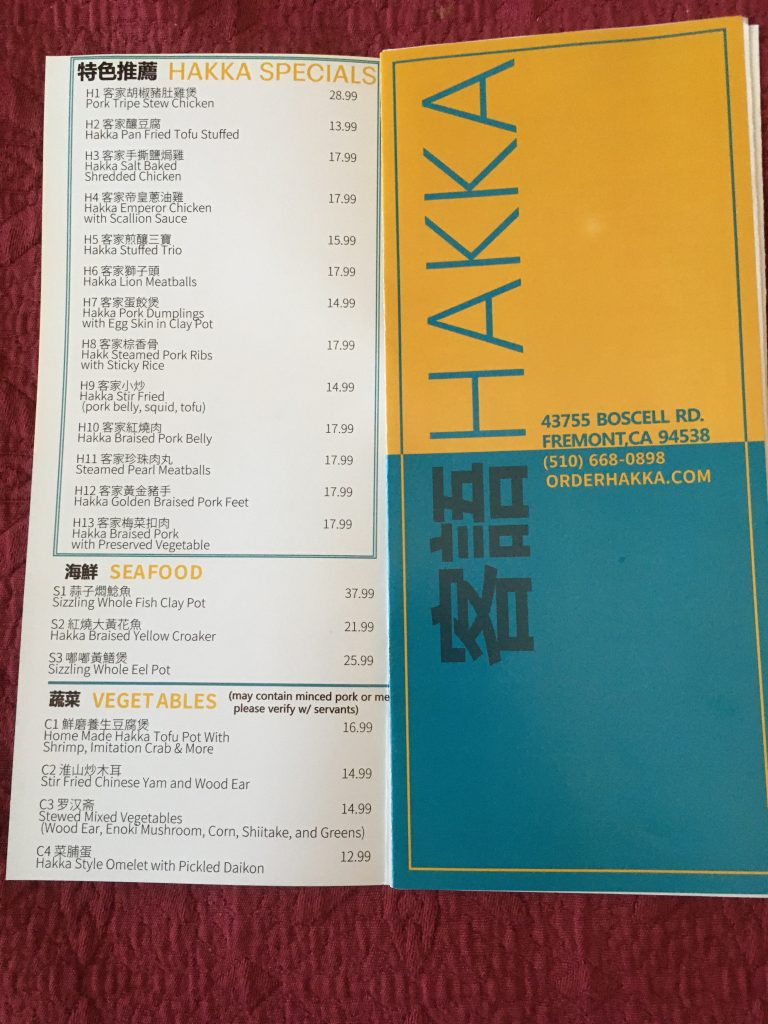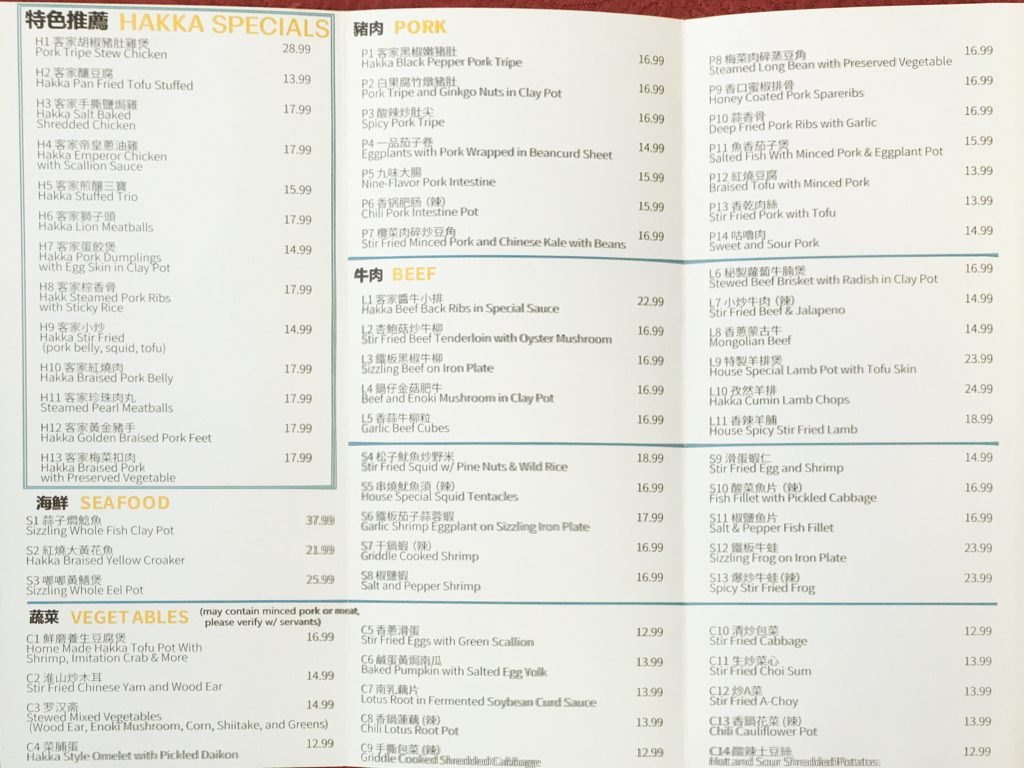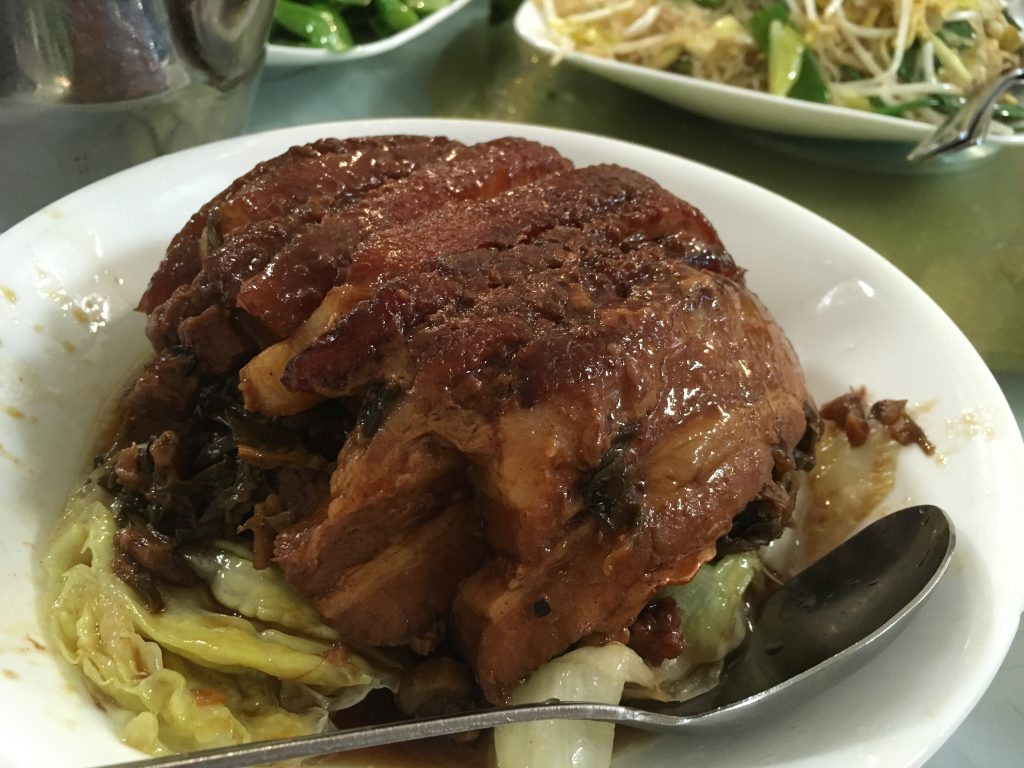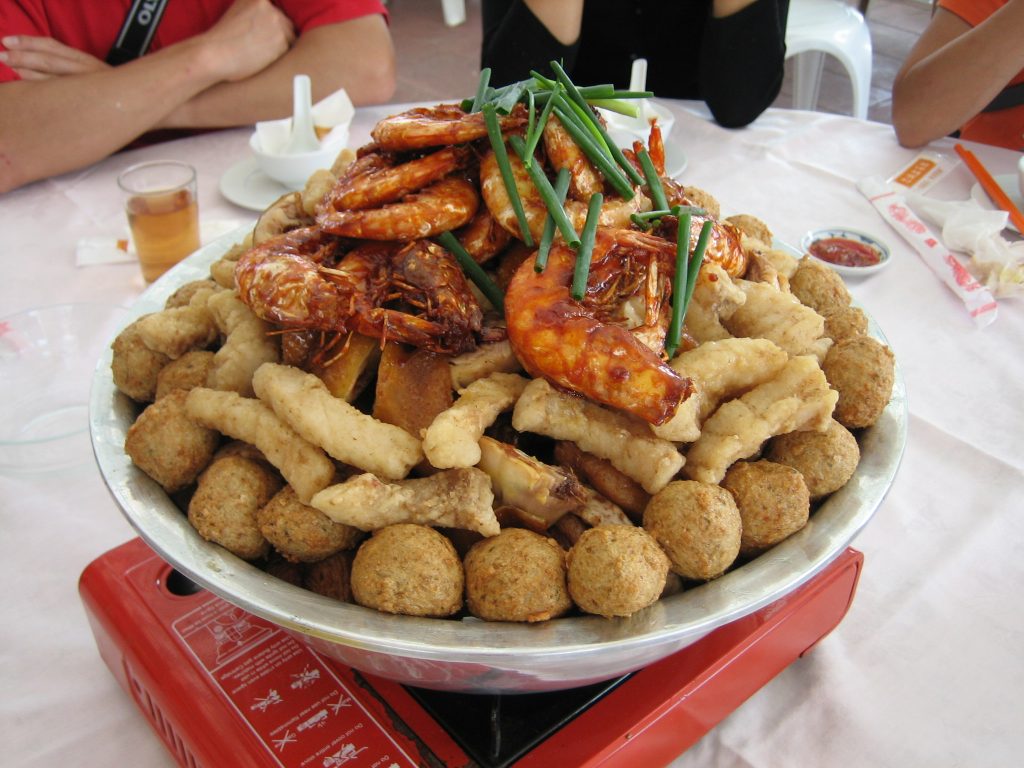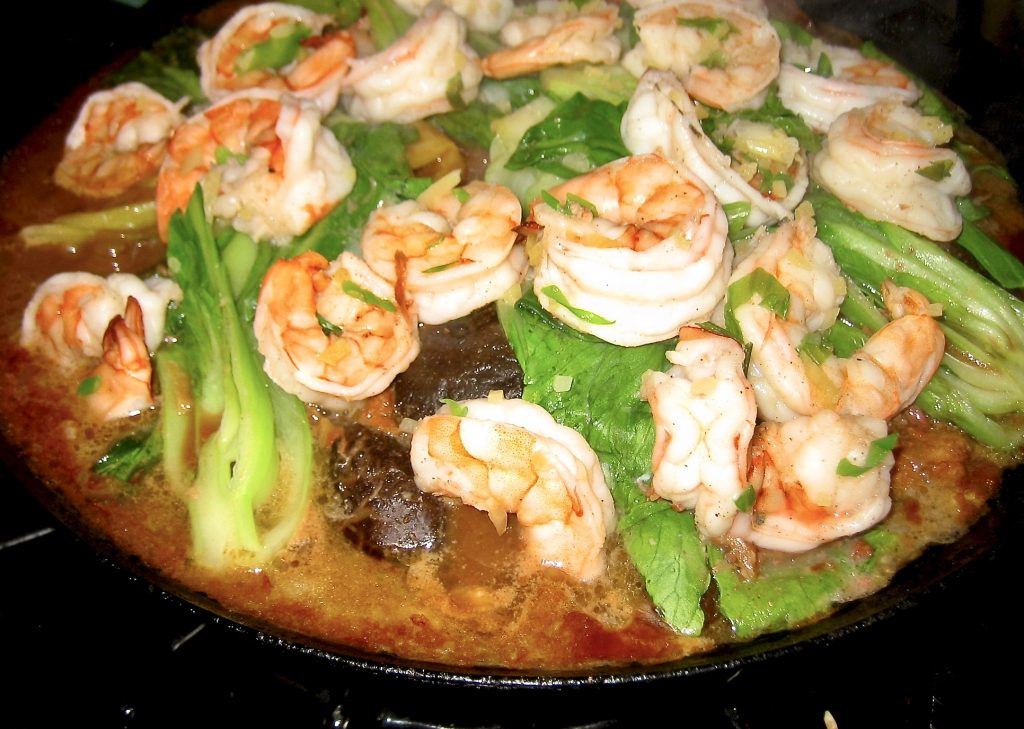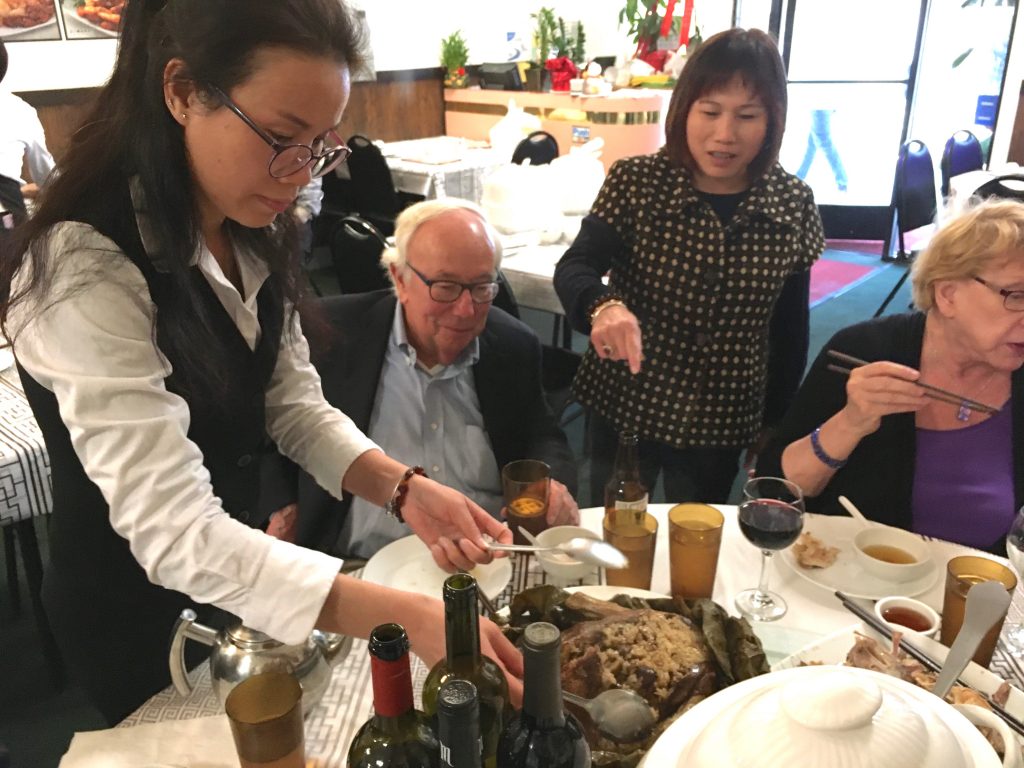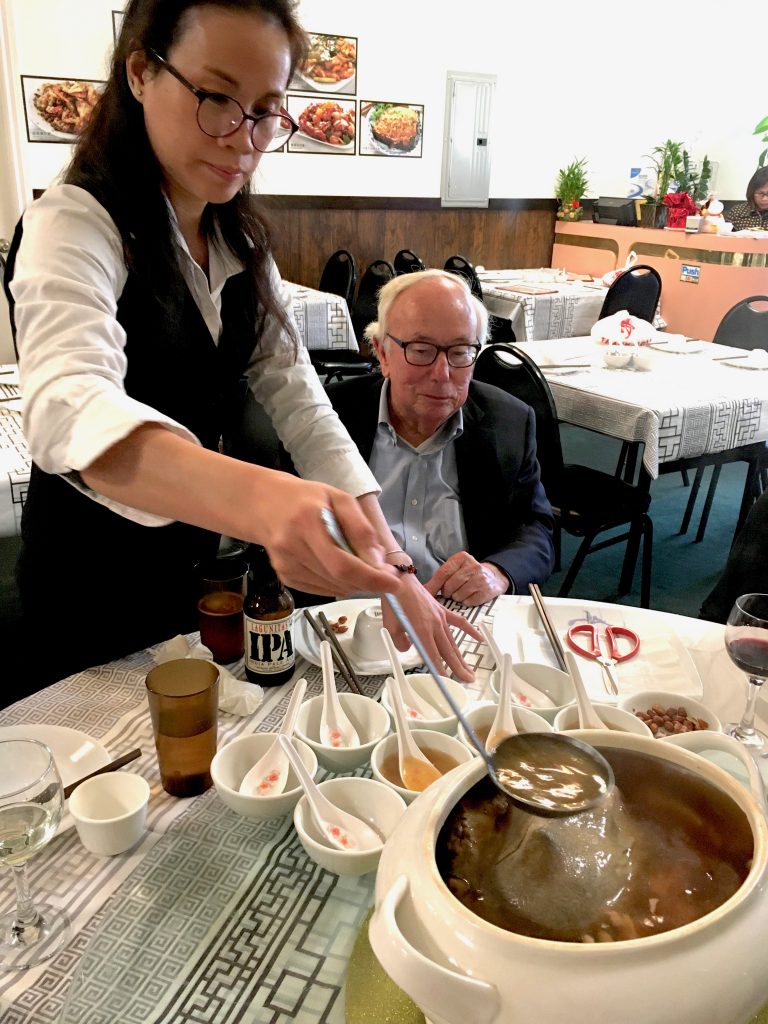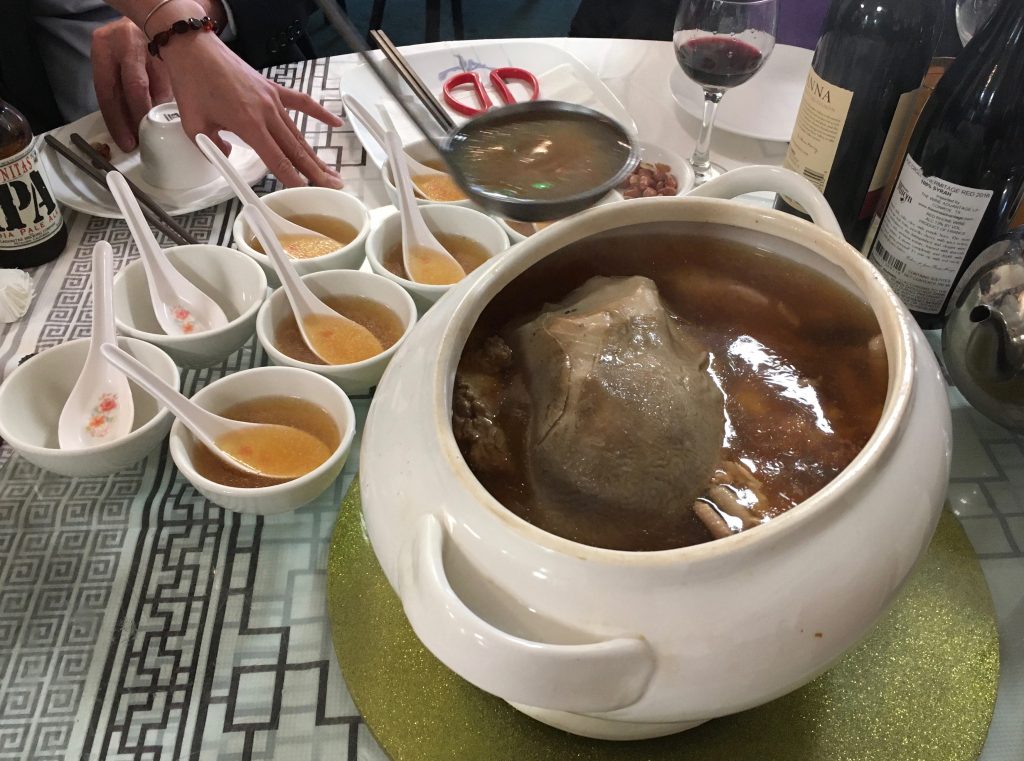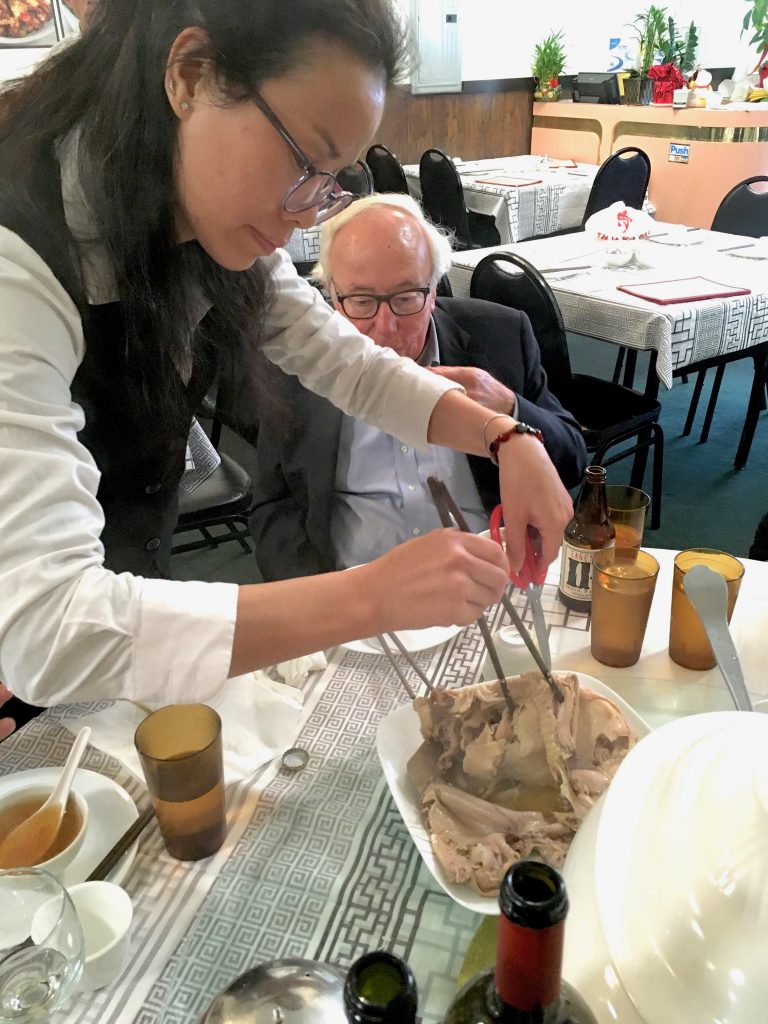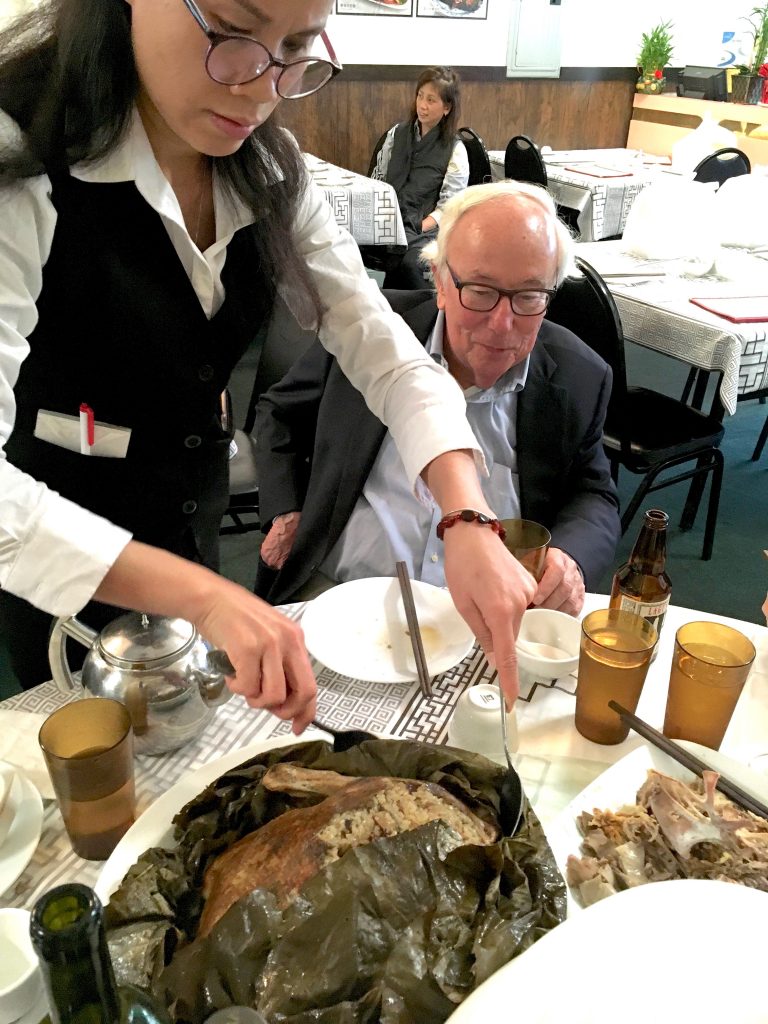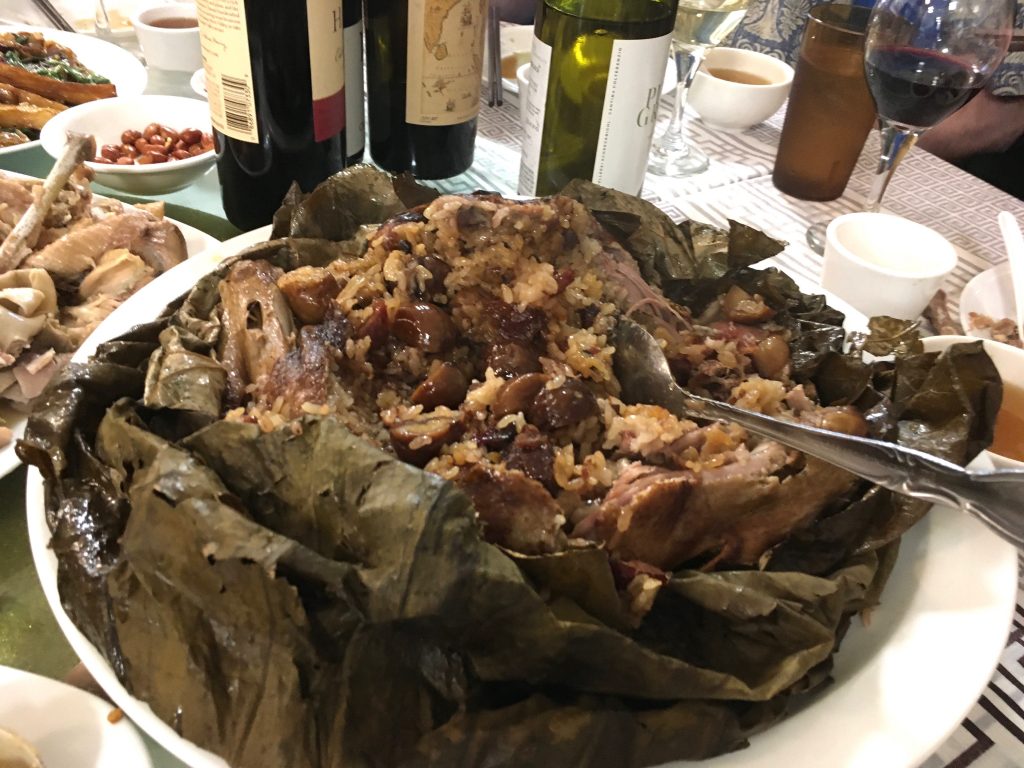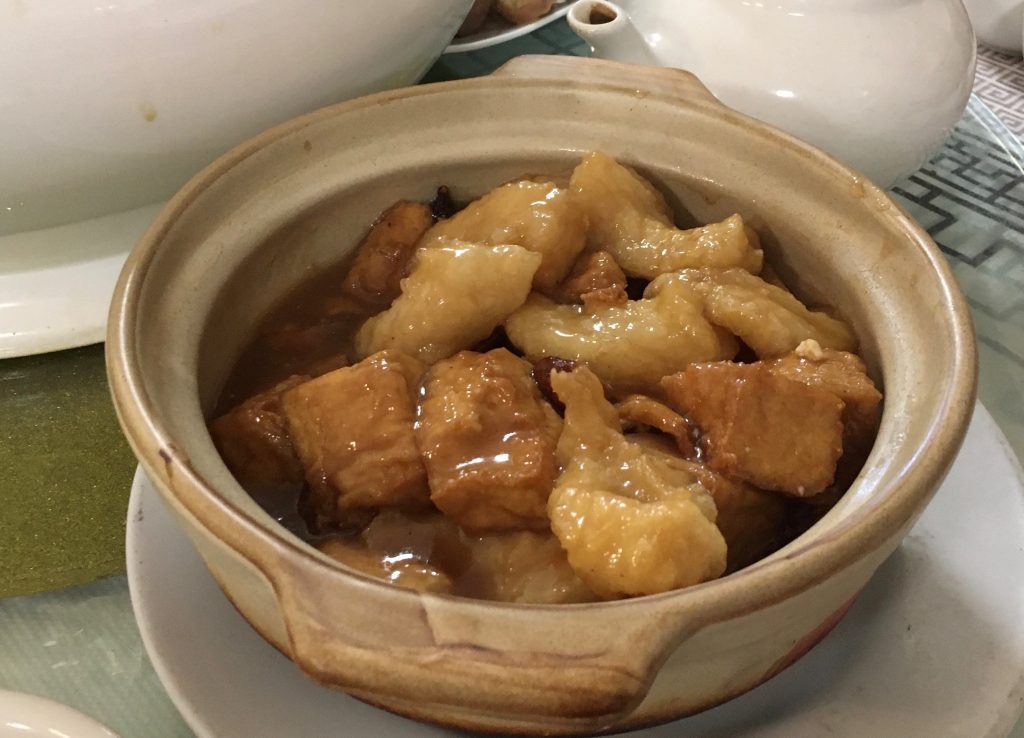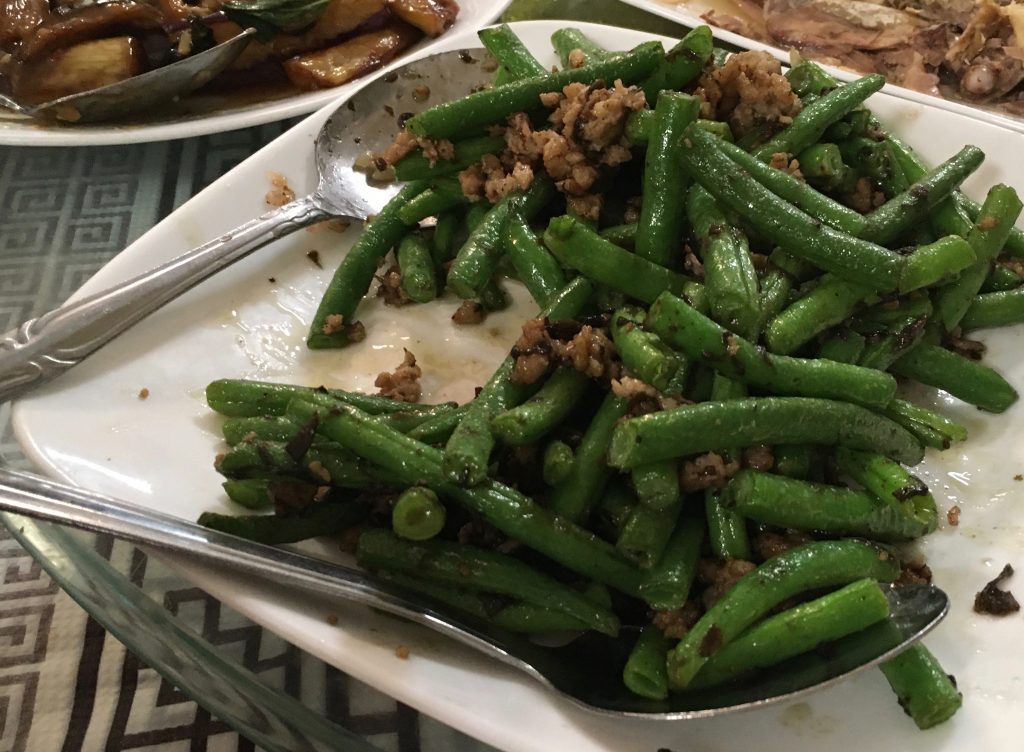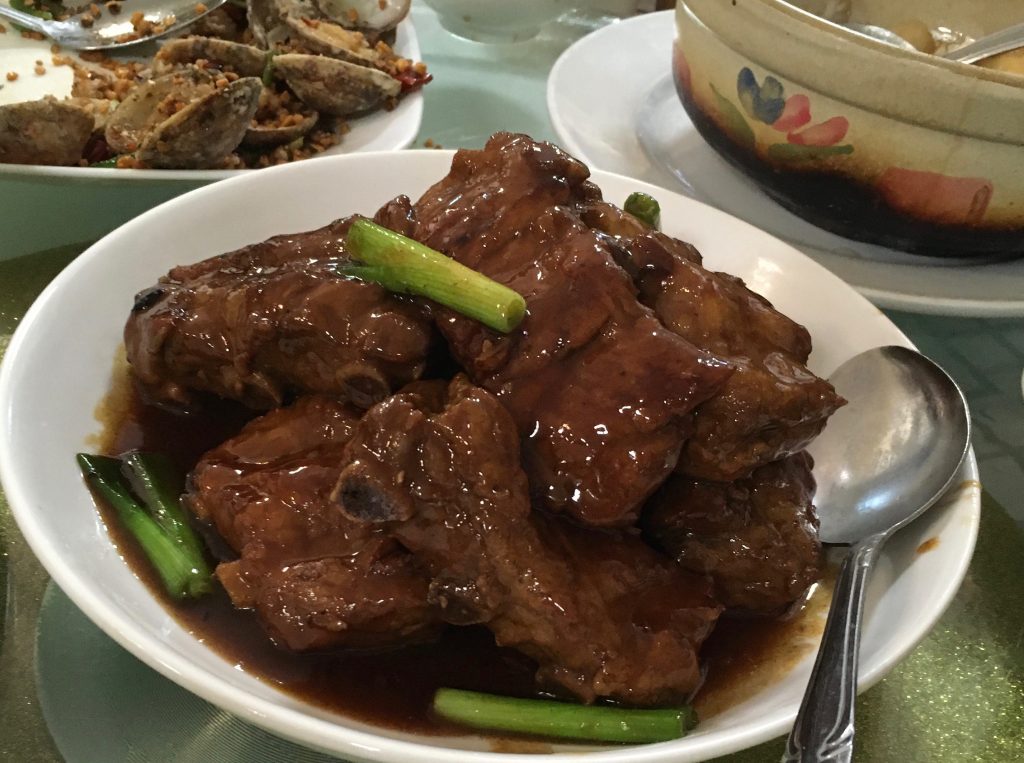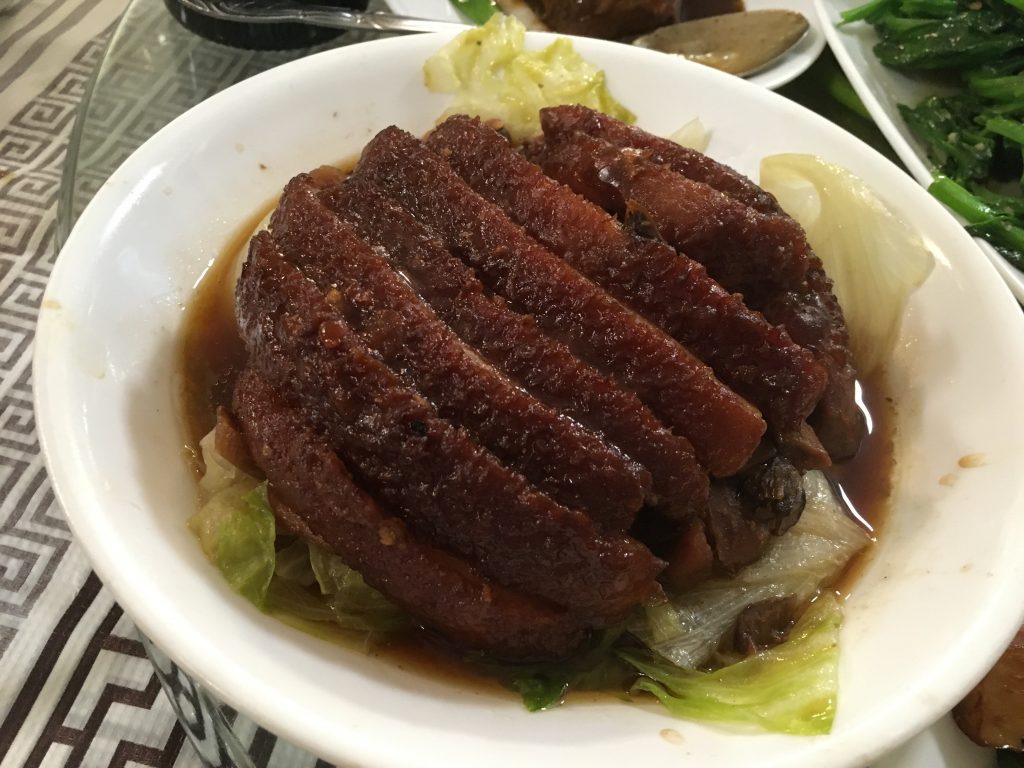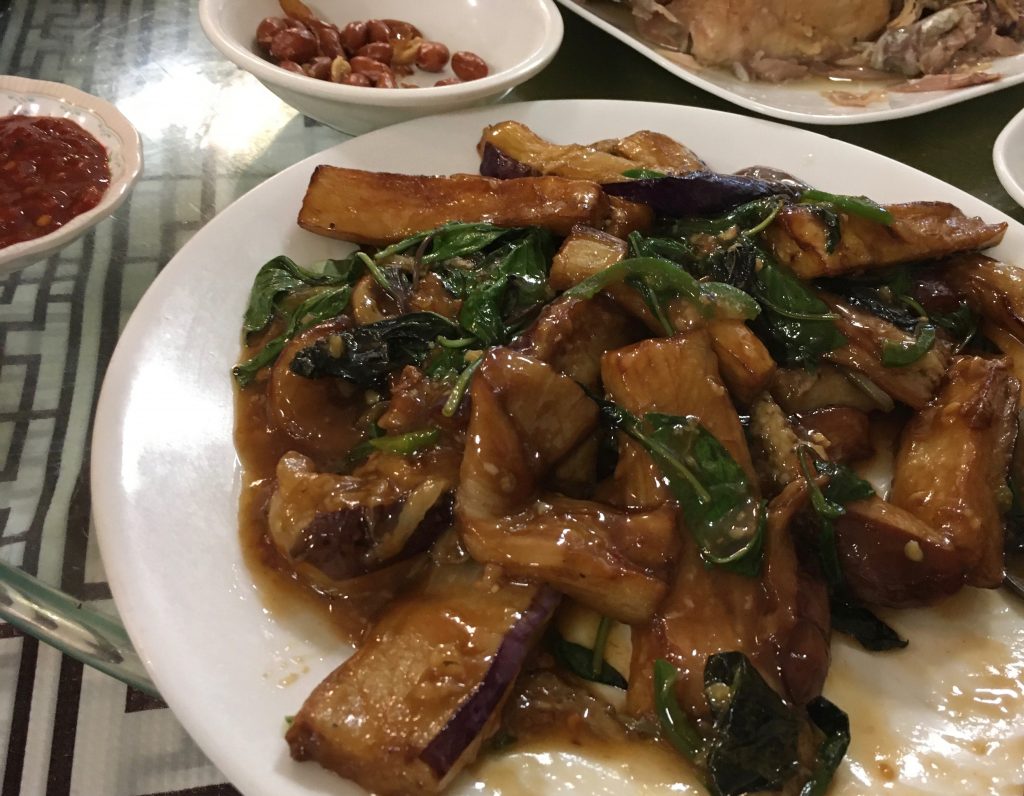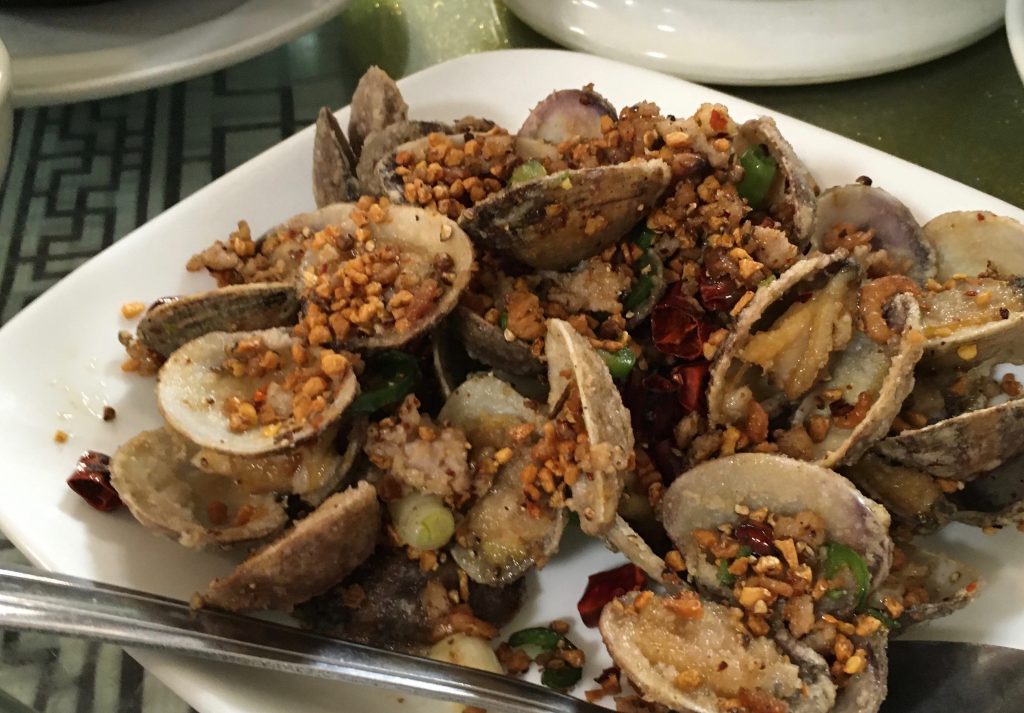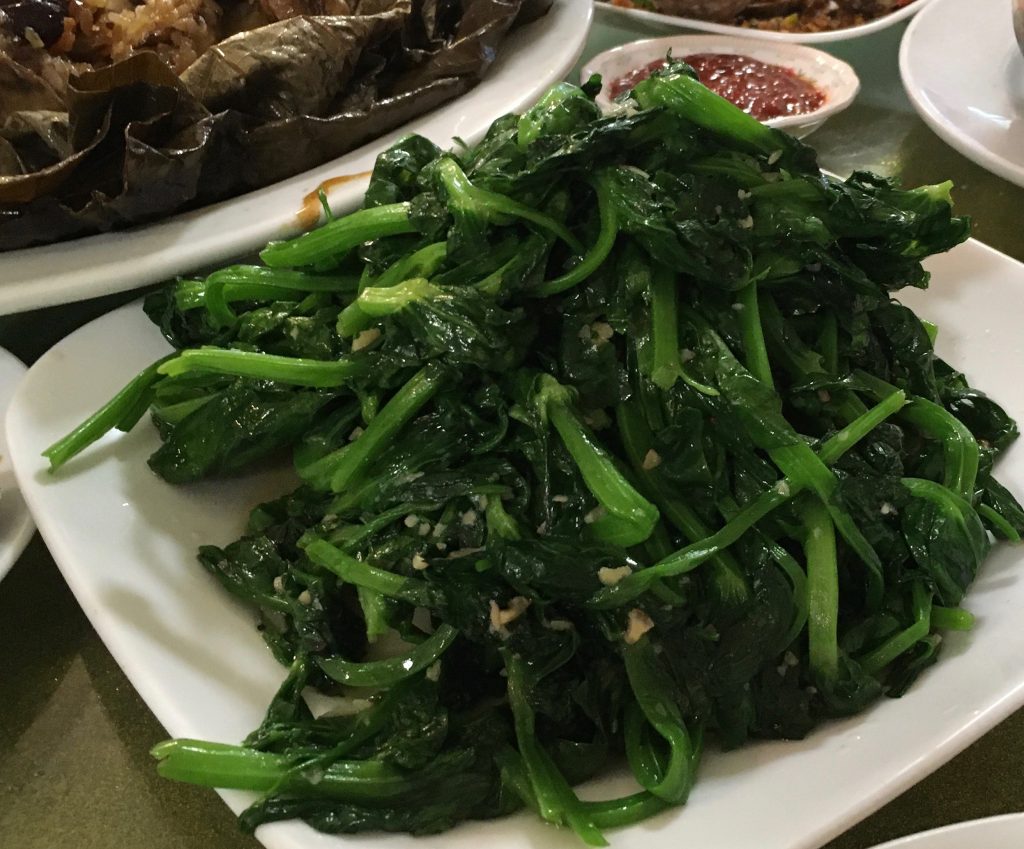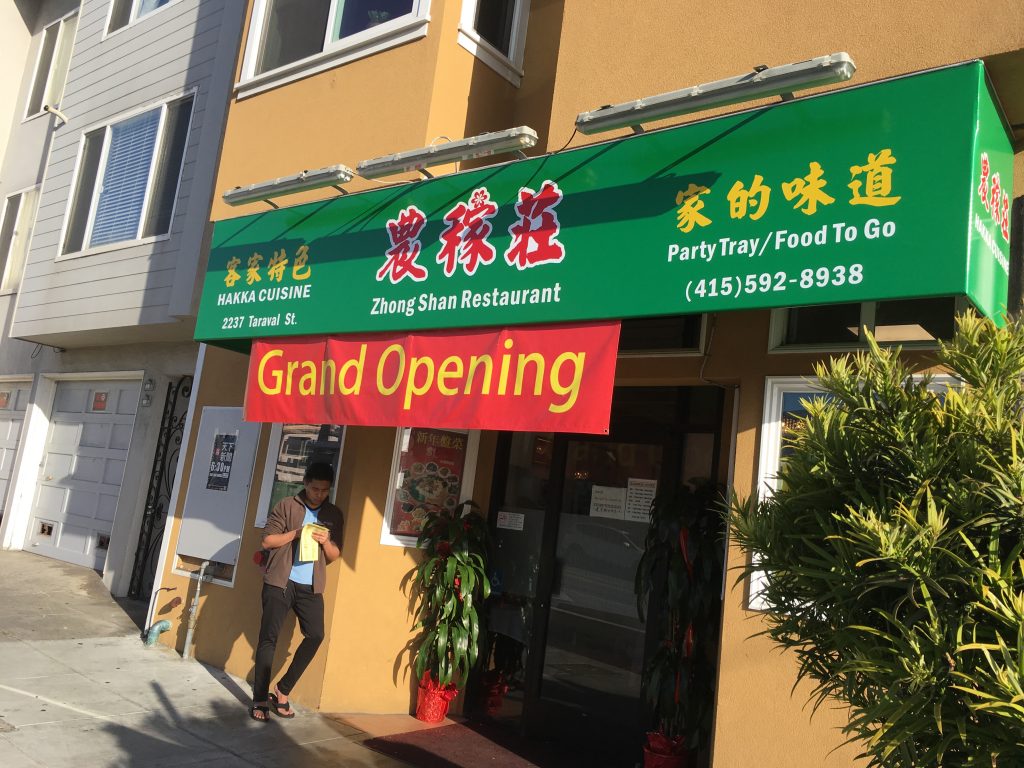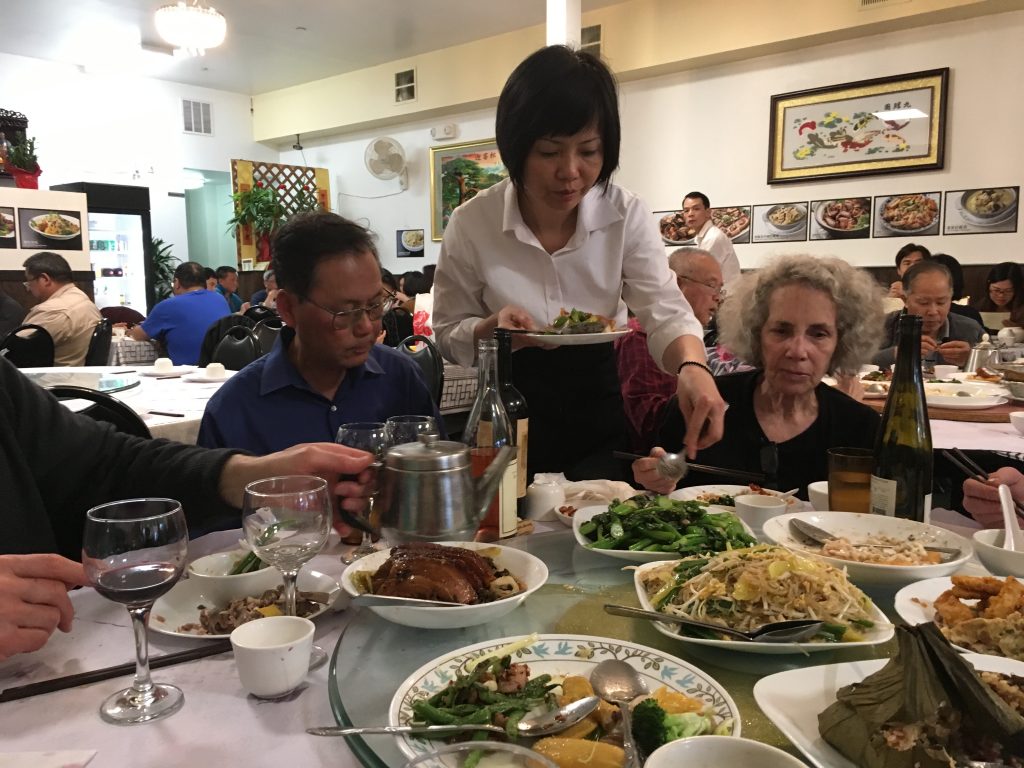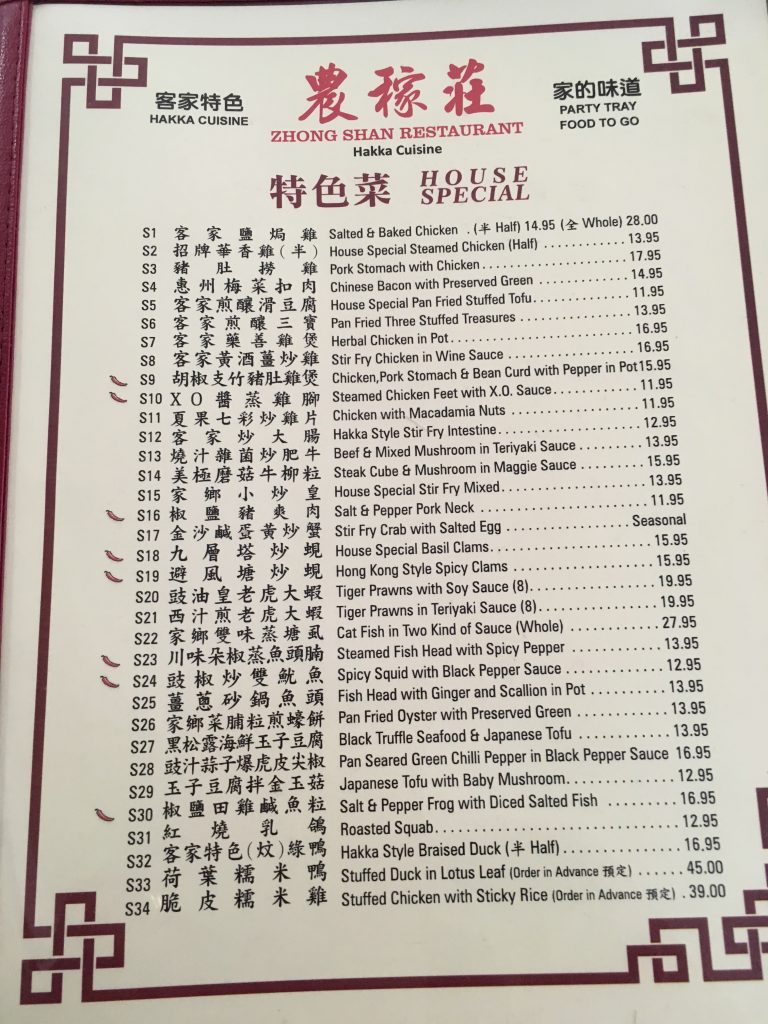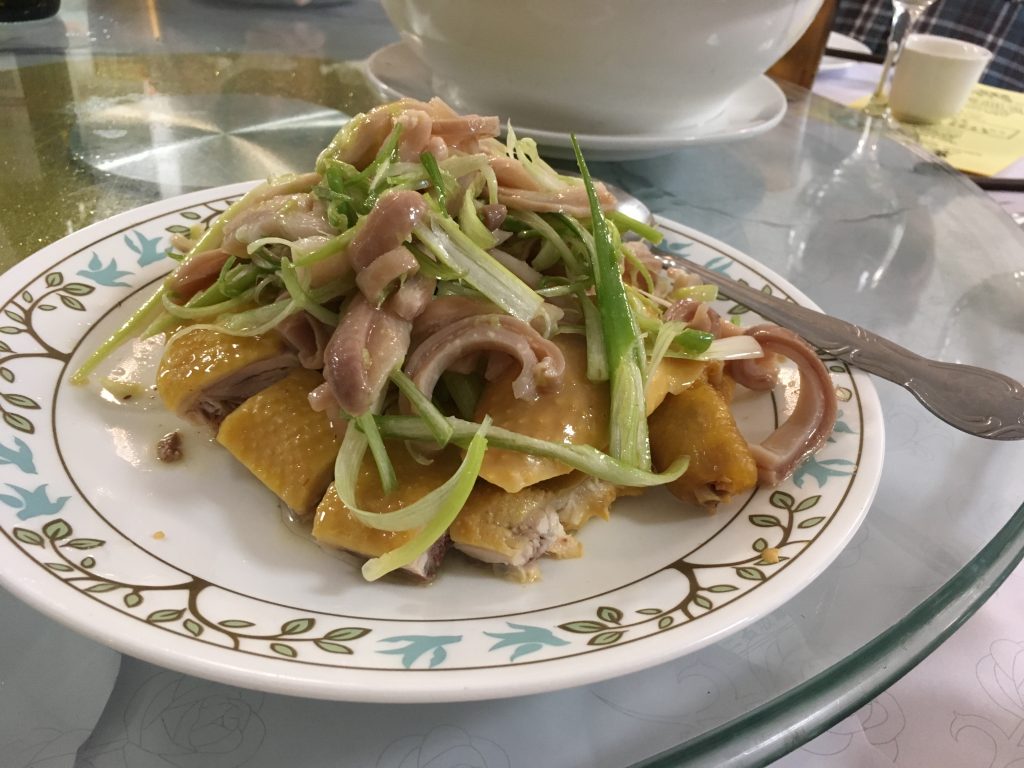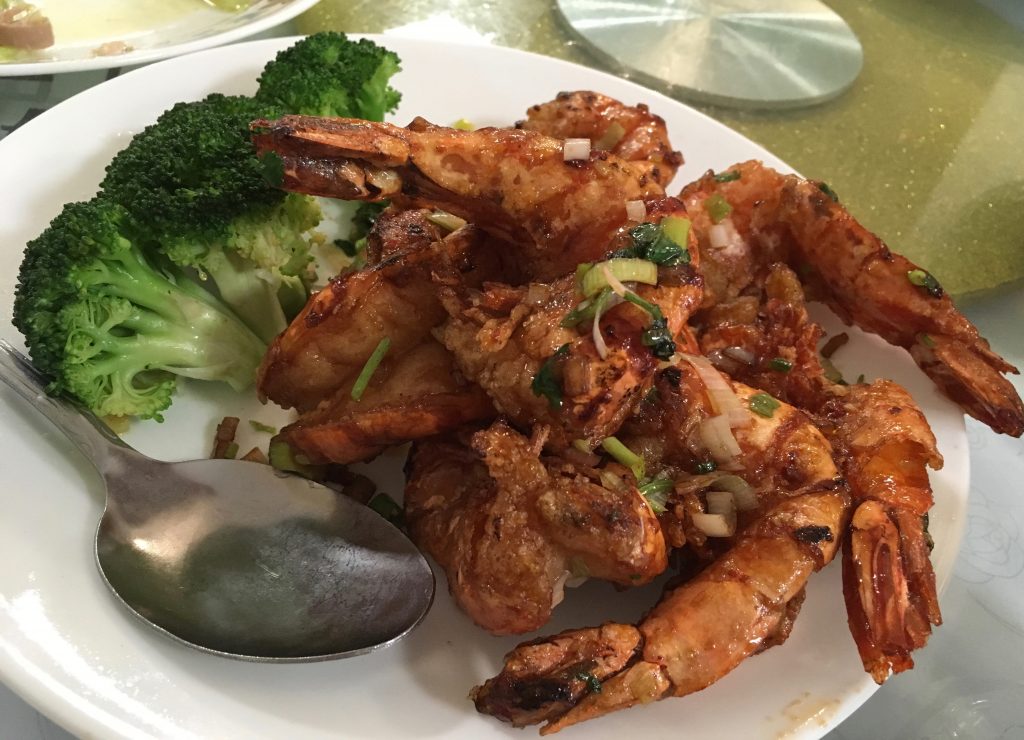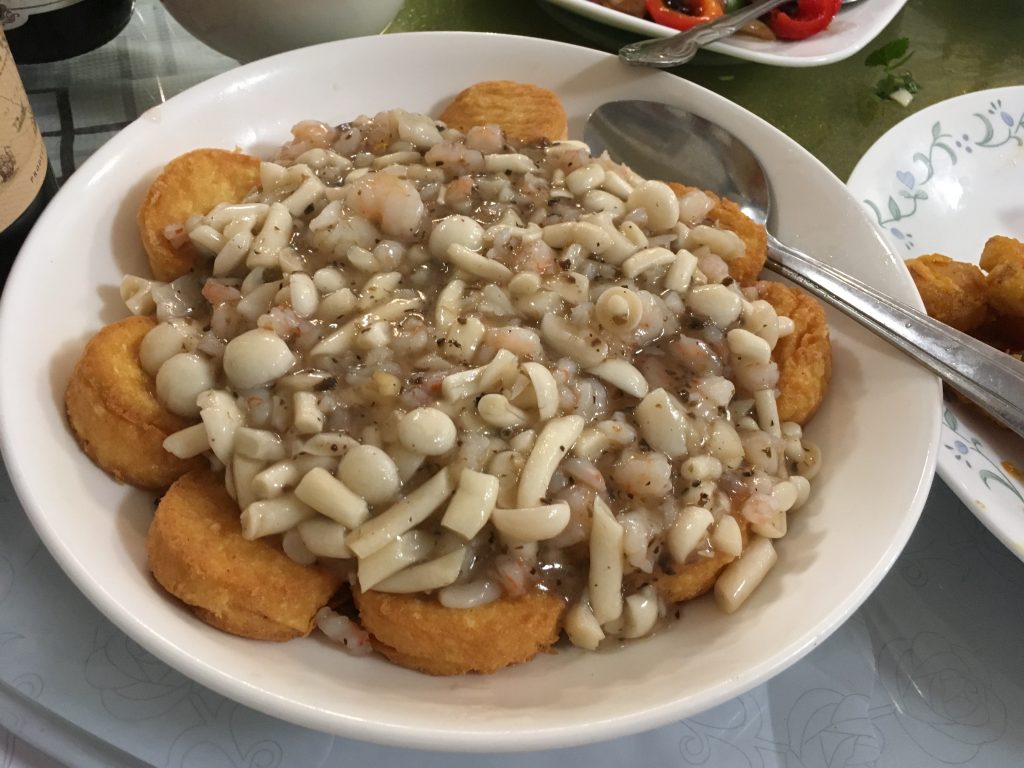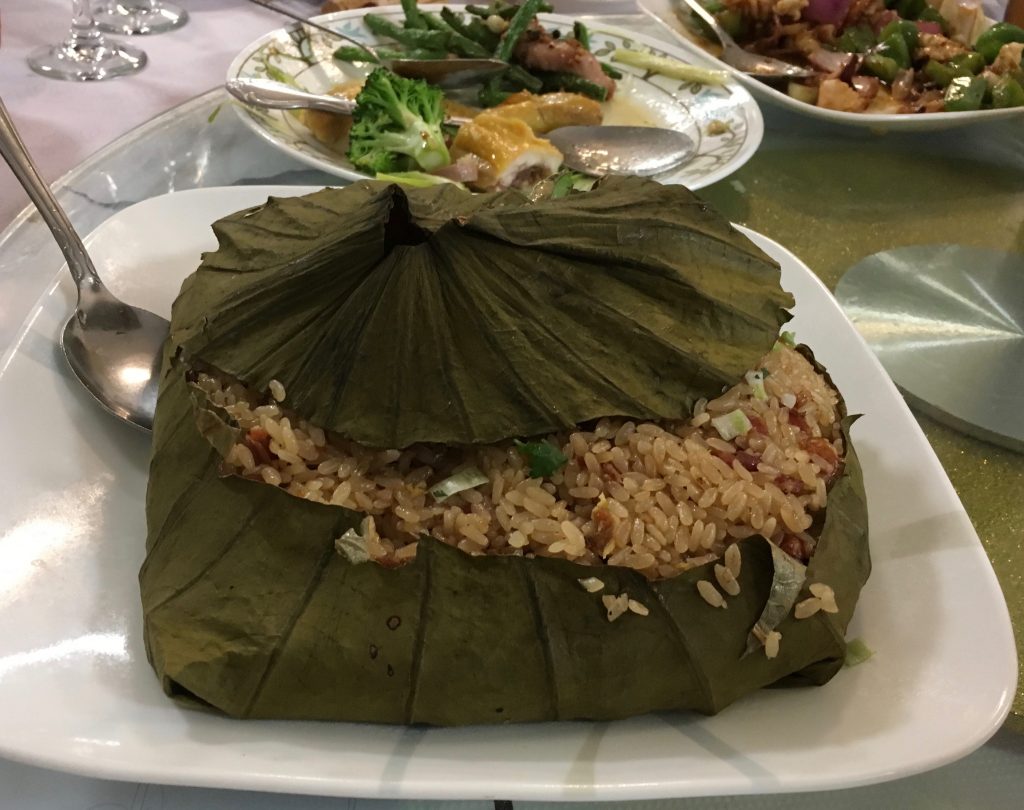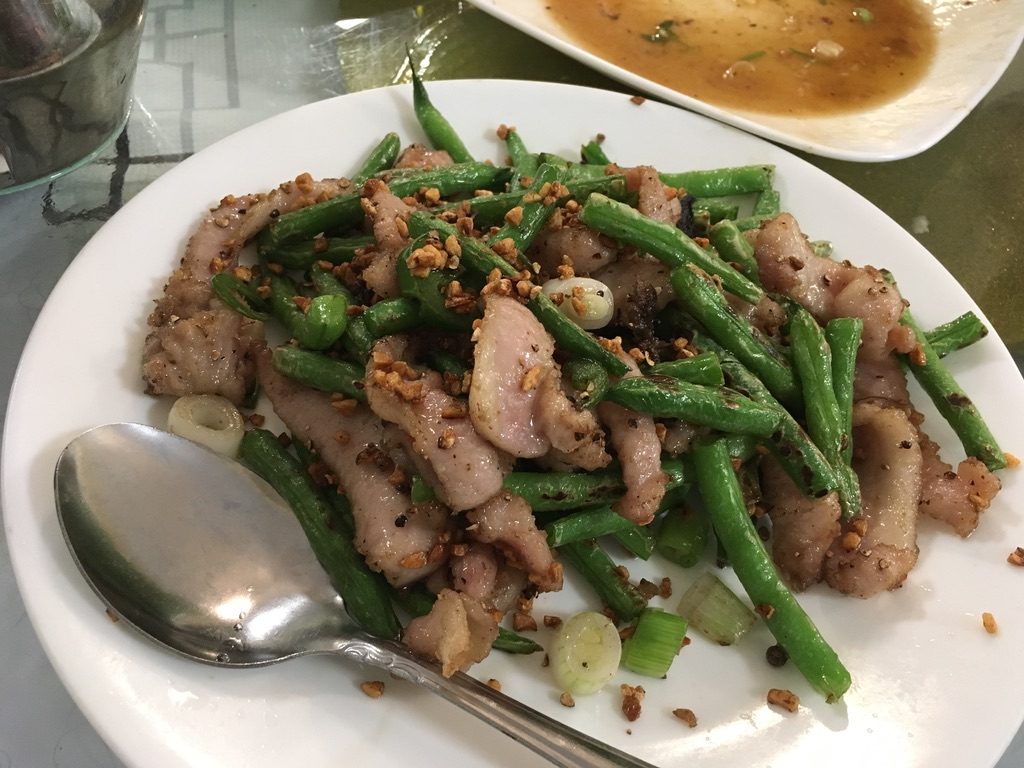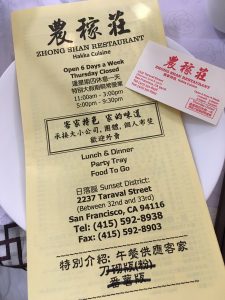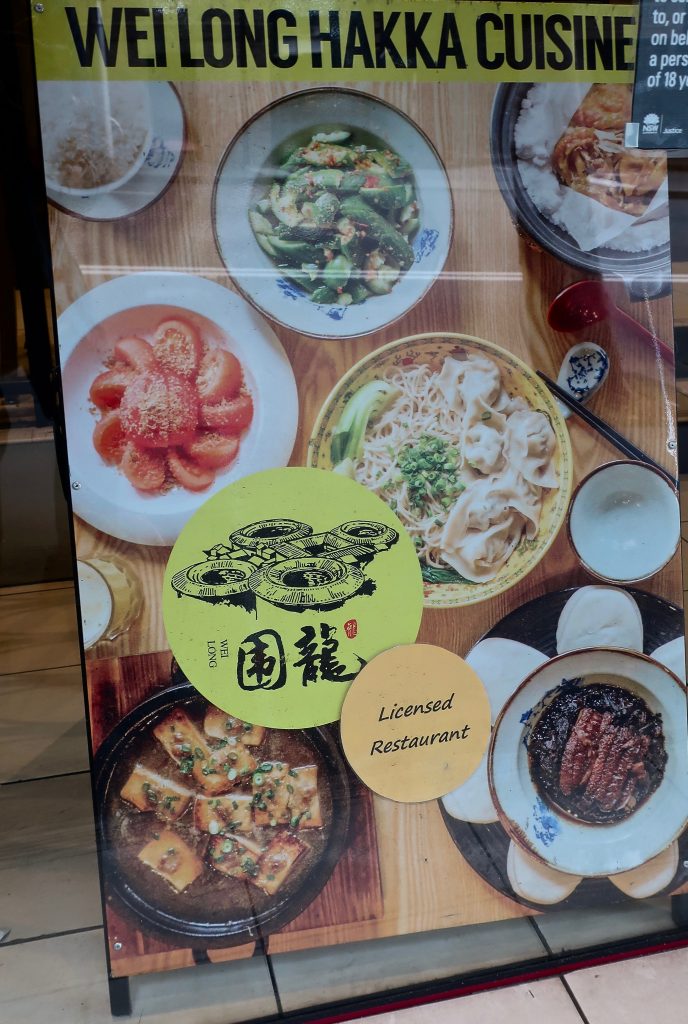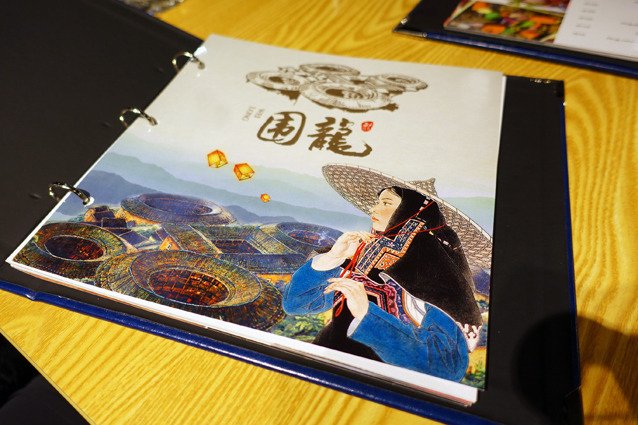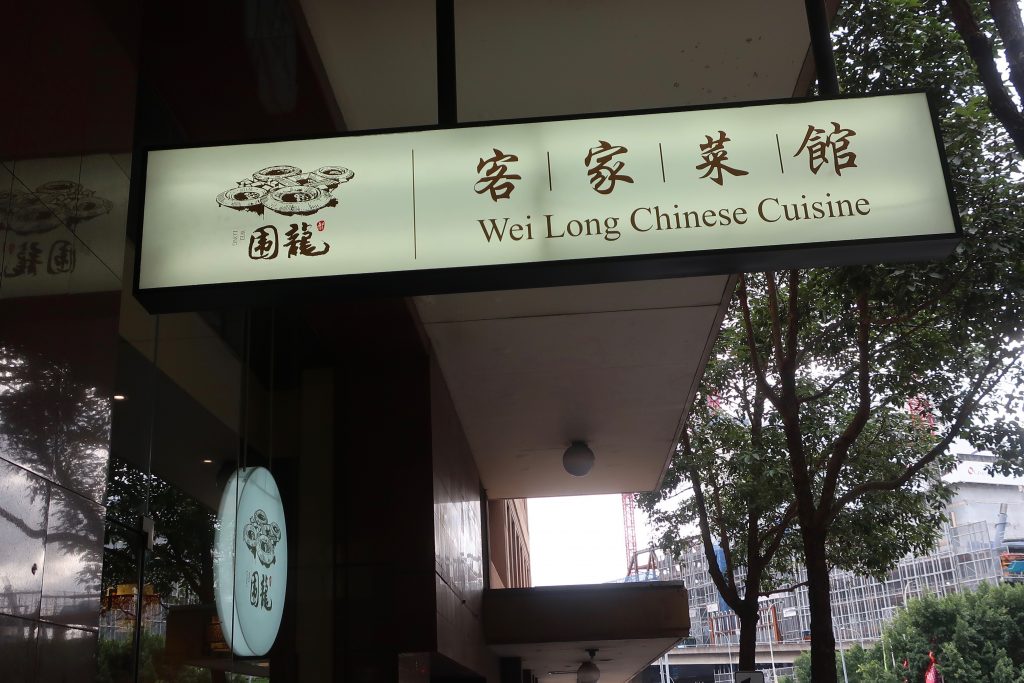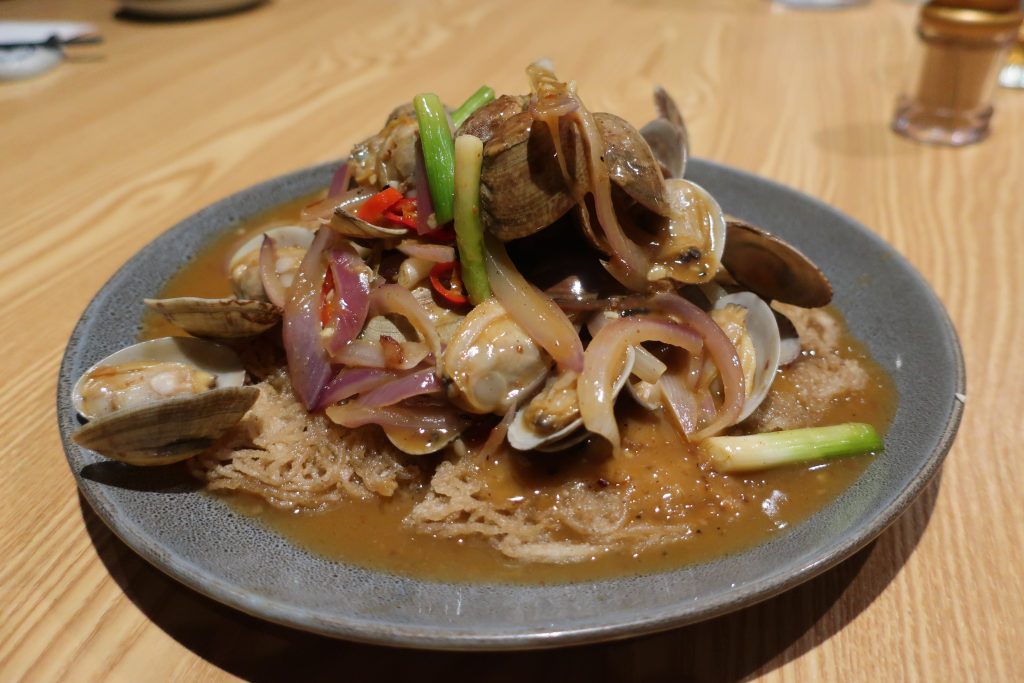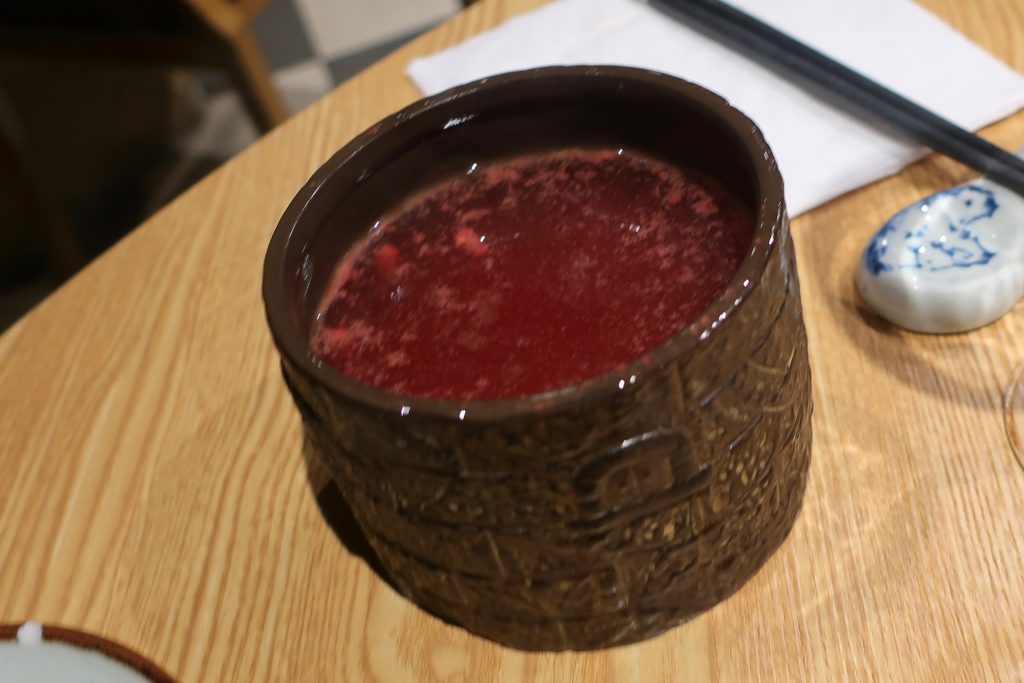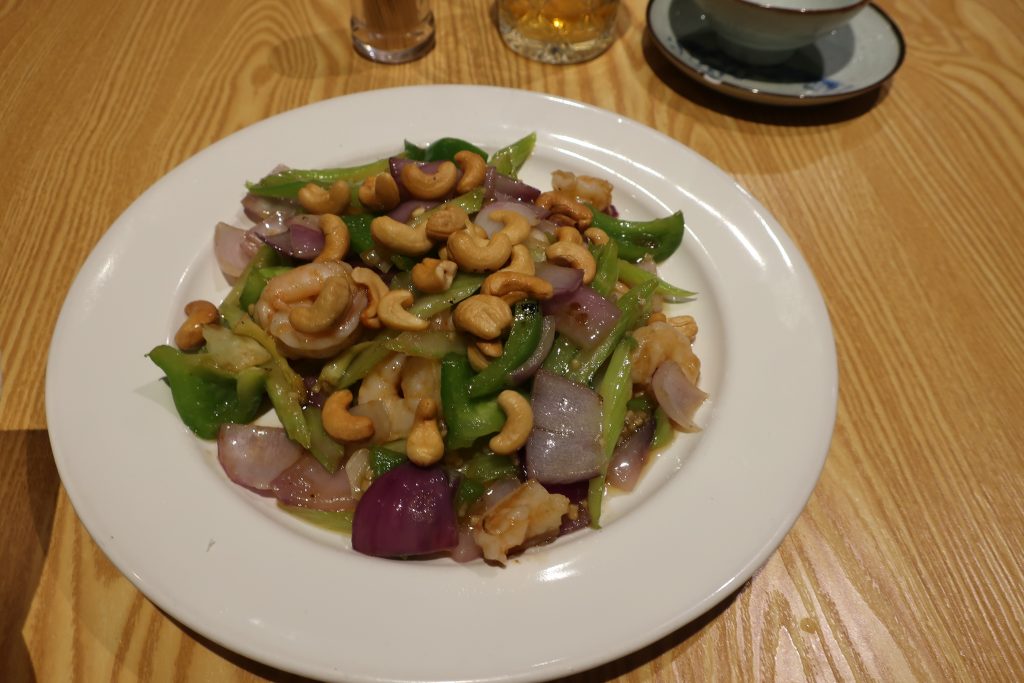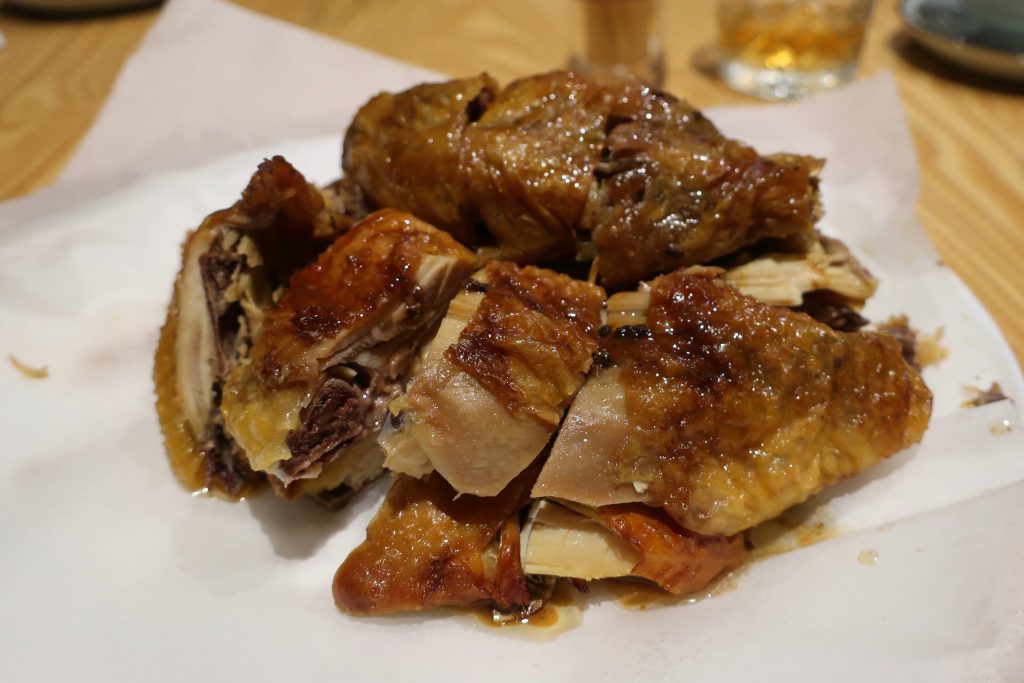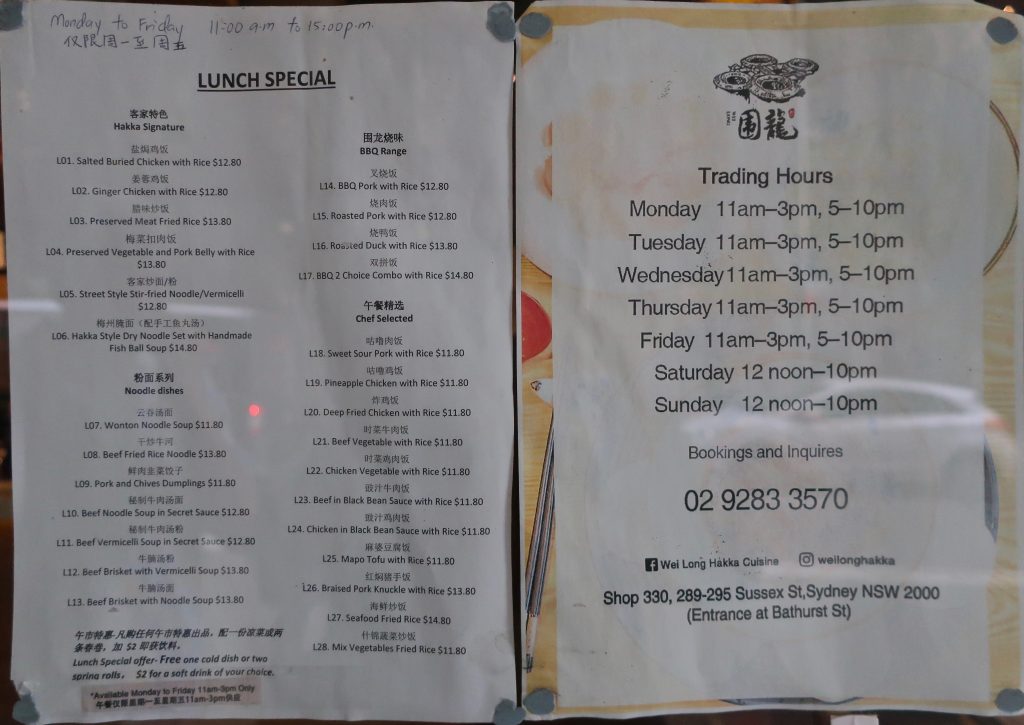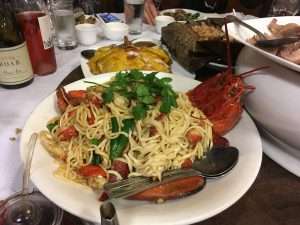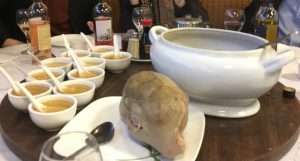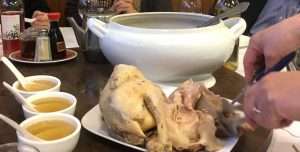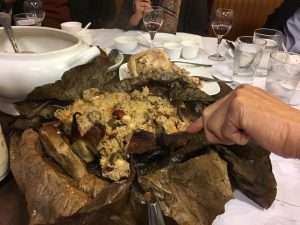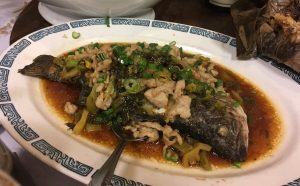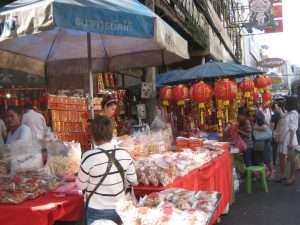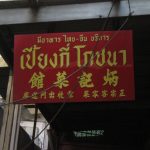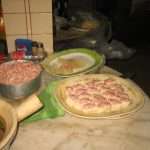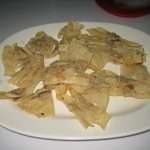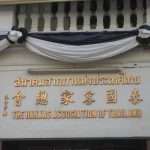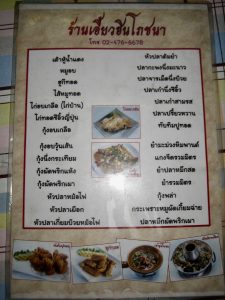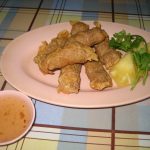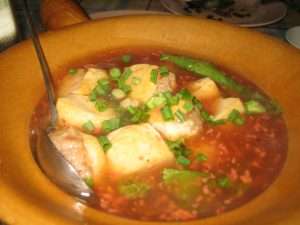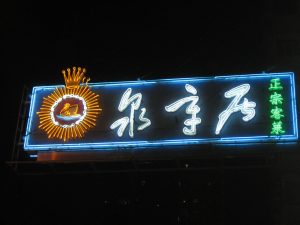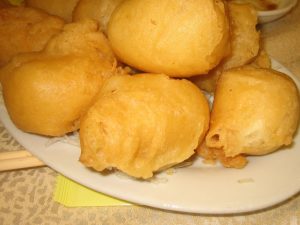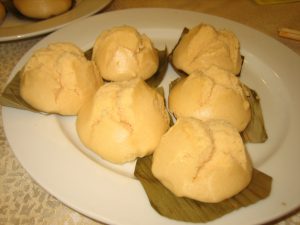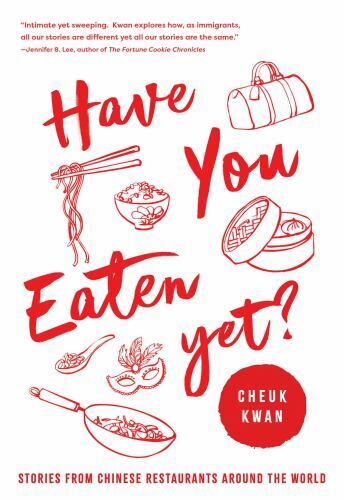
Have you noticed that everywhere you go around the world, you will find a Chinese restaurant? Cheuk Kwan, a Canadian film-maker and now author, explores this global phenomenon in his new book, Have you Eaten Yet? The book follows Kwan’s exploration of family-run Chinese restaurants from the Arctic to South Africa, from Trinidad to India. The restaurants symbolize the Chinese migration. Kwan tells the stories of these immigrants and how they adapted to their new homes while maintaining their Chinese culture.
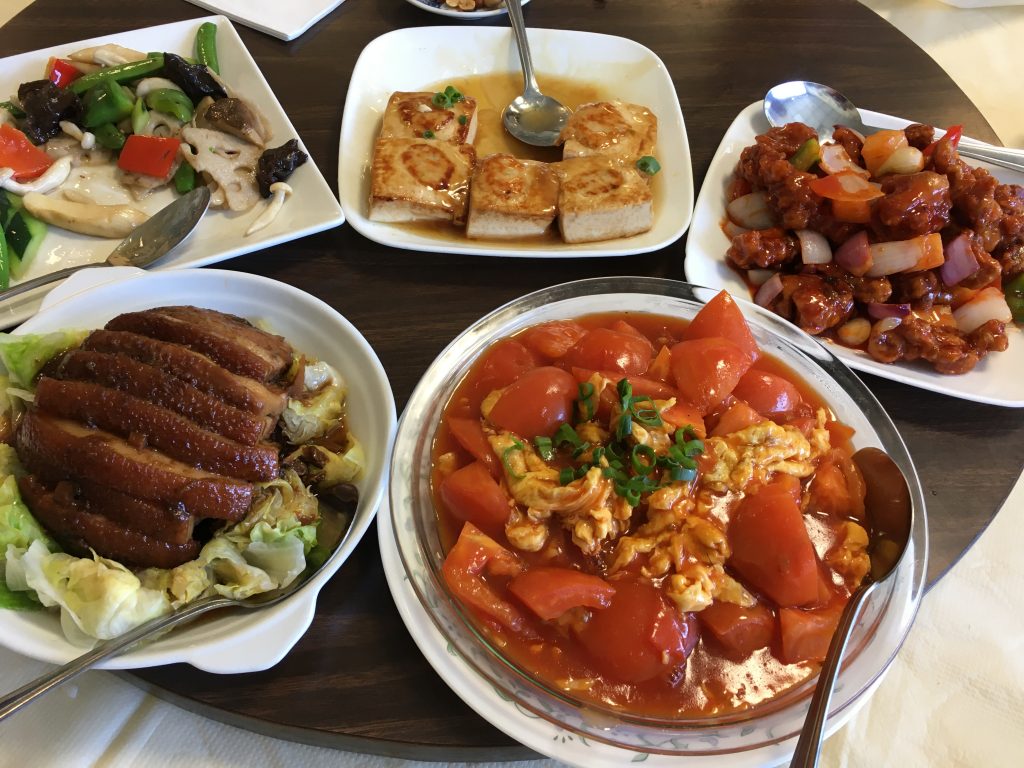
Last weekend, Kwan was in the Bay Area to promote his new book. The best way to discuss a book about Chinese restaurants is over a good Chinese meal. So we shared lunch at the Hakka Restaurant in San Francisco. The book records his journey he took over two decades ago when he produced the documentary series Chinese Restaurants. He goes behind the scenes and reveals the feelings, emotions, and soul of these Chinese migrants.
I first met Kwan, shortly after his film series was released in 2004. My daughter had seen one of his episodes at a film festival and suggested I see his series for my book research. I ordered his 15 episode DVD set. Many of his restaurateurs were Hakka, like my father, immigrants looking for a way to make a living.
I contacted Kwan and asked him about his Hakka chefs. He suggested we meet because he would be in the Bay Area for a film festival next week. Our projects shared a similar focus on the global Chinese diaspora.
I was still in the early days of research for my Hakka cookbook. Kwan told me I needed to go to Toronto. He said he could set me up with a Hakka friend who could gather many contacts for me. Within a few weeks, I was in Scarborough, a suburb of Toronto, sharing a meal with a dozen new Hakka friends. They came from all over the world. I interviewed them, asking about their stories and their food. Many of their stories and recipes found their way into The Hakka Cookbook. I’m so grateful to have met Cheuk Kwan.
I asked him about his documentary series, Chinese Restaurants. He said he has posted the episodes on YouTube so everyone can see it. Read “Have you eaten yet?” then view his series to see their faces. It’s an insightful view of the Chinese diaspora. Click this link to see.

The next day at a book signing event at the Oakland Asian Cultural Center, Kwan shared some of his experiences writing the book. Martin Yan also interviewed him about the Chinese diaspora. Read the book and enjoy the historical and revealing journey of Chinese migrants who dared to open a restaurant across the world.

